

Nikon AF-S 17-35mm f/2.8D - The Working Horse
|
Lens data for the Nikon AF-S 17-35mm f/2.8D:
Lens construction: 13 elements in 10 groups Closest focusing: 0.28 m / 0.9 ft For DX sensors: full frame equivalent: 25.5 - 52.5 mm Filter: 77 mm Hood: HB-23 (provided) Dimensions: 3.2 x 4.2 in Weight: 26.3 oz. Appearance: 1999 Performance on cameras with DX-sized sensors: The Nikon AF-S 17-35mm f/2.8D gets the highest ratings in almost every review. It is an outstanding wide angle lens and has become my workhorse - no matter whether it be on extended mountain trips, for group shots at a wedding or for a boxing fight. Of course, one can get along without this lens by using prime lenses. Just move two, three steps back or forth and you can get everything with e.g. a 24mm lens. While this holds true for some photographic work, the zoom lens is indispensable when one has to be fast. And this lens is fast in every aspect: The autofocus is fast and accurate (thanks to a silent wave motor) and getting sharp images at f/2.8 & 1/30s using ISO 1600 can save the day. No wonder the Nikon 17-35mm f/2.8D has become the standard lens of many photojournalists. Taking into account the 1.5x crop factor of digital SLR cameras with DX sensor, the Nikon 17-35mm f/2.8D lens covers the 25-52mm focal range. It falls short of providing the "real wide angle look" (which I see below 25mm), but it is enough for some impressive images. The sharpness and contrast of this lens are excellent for a zoom lens. I have made direct comparisons with the Nikon AF 24mm f/2.8 lens. In these, the prime lens shows a bit more sharpness at f/2.8 than the Nikon AF-S 17-35mm f/2.8D under my test conditions (on a tripod, at infinity). But the difference is so small that it hardly will have an effect in real shooting conditions. More details can be found here . There is almost no flaring with the zoom lens. With some of the cheaper wide angle zooms flaring is a real problem and it isn't easy to remove it in post-processing. The Nikon AF-S 17-35mm f/2.8D is an expensive lens but considering that it might replace two or three primes (e.g. 18mm, 24mm and 35mm), the price of the 17-35mm lens appears a bit less astronomical. And changing lenses on a digital camera all the time can be a pain due to the dust problem of digital SLR cameras. Photographers interested in that lens sure will have a look at the Nikon AF-S 17-55mm f/2.8D DX lens with its expanded focal range. Its optical performance compares to the 17-35mm lens, and I would recommend going for the DX lens nowadays, just for convenience. For great landscape shots, the Nikon AF-S 12-24mm f/4G IF DX might be another substitute for the legendary 17-35mm lens. |
Performance on a full frame camera (Nikon D3): For a first look at the performance of the Nikon AF-S 17-35mm f/2.8D lens on the Nikon D3 full frame camera click here . As expected, there is vignetting when the lens is used wide open (at f/2.8) at the 17mm setting. The vignetting reaches its minimum at about f/5.6 and thus already gets a bit stronger at f/8. However, even at f/2.8 the light fall-off is astonishingly small and very acceptable for a focal length of 17mm. It can be removed quite easily with post-processing (when shooting in RAW mode). At the 35mm setting, the light fall-off is quite a bit stronger when compared to the 17mm setting and a bit more difficult to remove at f/2.8. Sharpness is a bit disappointing with the Nikon AF-S 17-35mm f/2.8D lens and the Nikon D3 at the 17mm setting. For landscape work it has to be closed down to at least f/5.6 for sharp edges and to f/9 for the extreme corners. Center sharpness at 17mm focal length reaches acceptable levels when the lens is closed down to at least f/4. In 2008 I have sold the Nikon AF-S 17-35mm f/2.8D lens after many years of use. Even though the lens performs very well at f/9-11 on FX cameras, I've found this to be too limiting. Rating for the Nikon AF-S 17-35 mm f/2.8D lens (Maximum: 5, Minimum: 1): Image quality wide open: 3.5-4 Overall image quality: 4.5 "Bokeh": unimportant (3.5) Build quality: 5 Lens construction for the Nikon AF-S 17-35mm f/2.8D: 
Yellow: ED glass; blue: aspherical elements Image © 2008 Nikon Corporation (source) Nikon AF-S 17-35 mm f/2.8D external reviews*) bythom.com (cache: 1 ) imagepower.de (cache: 1 ) naturfotograf.com (2 parts) (cache: 1 2 ) digital-images.net (cache: 1 ) photozone.de (2 parts) (cache: 1 2 ) olegnovikov.com (cache: 1 ) nelsontan.com (cache: 1 ) *) The cache numbers in parenthesis next to the links lead to cached pdf files (just in case the original links don't work anymore). The files usually only represent parts of the original contents from January 2010. |
Some images taken
with the Nikon AF-S 17-35mm f/2.8D
(Sensor: DX format):

|
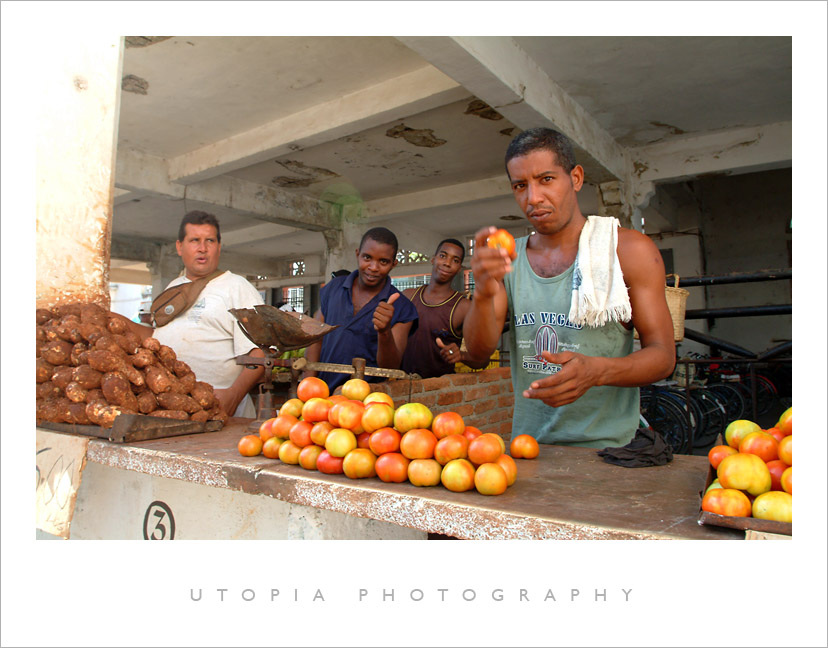
|

|
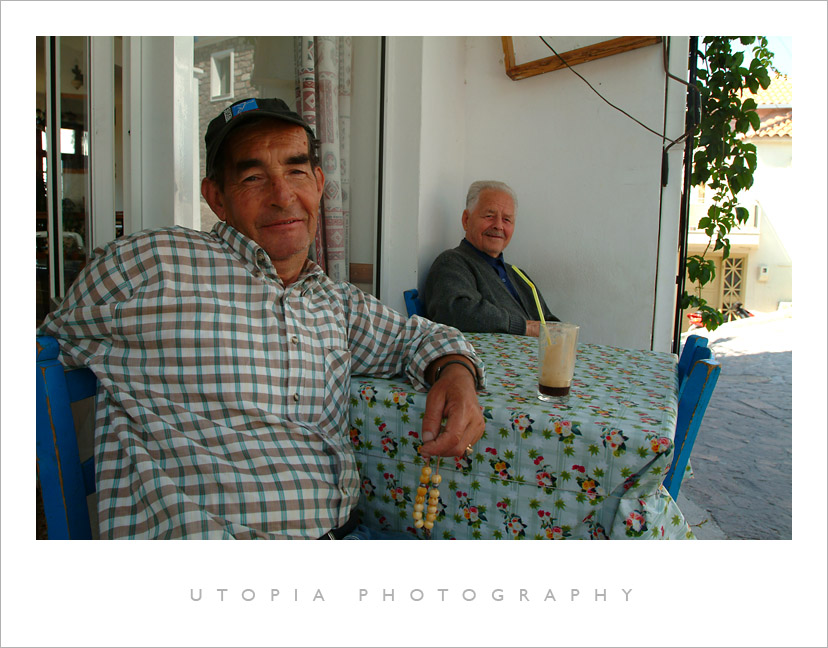
|
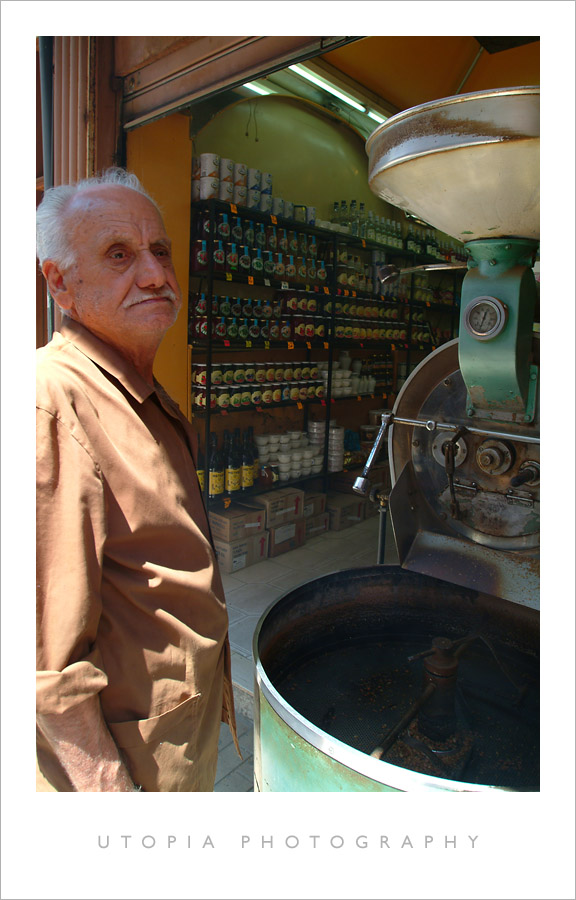
|
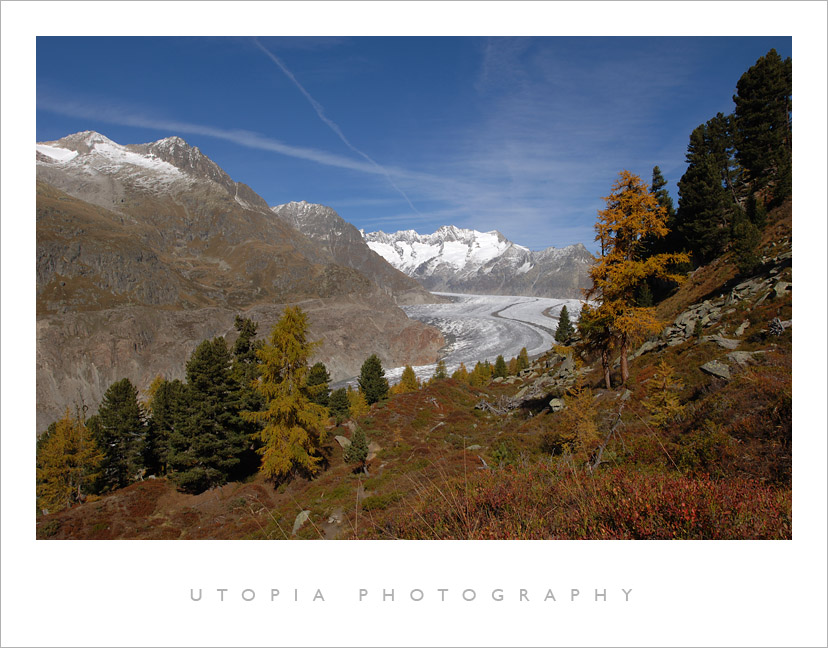
|
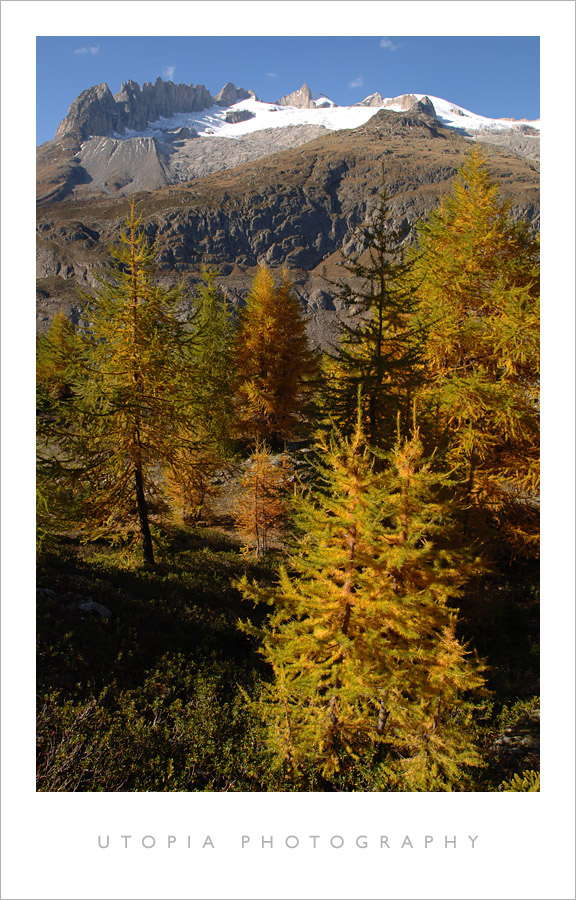
|
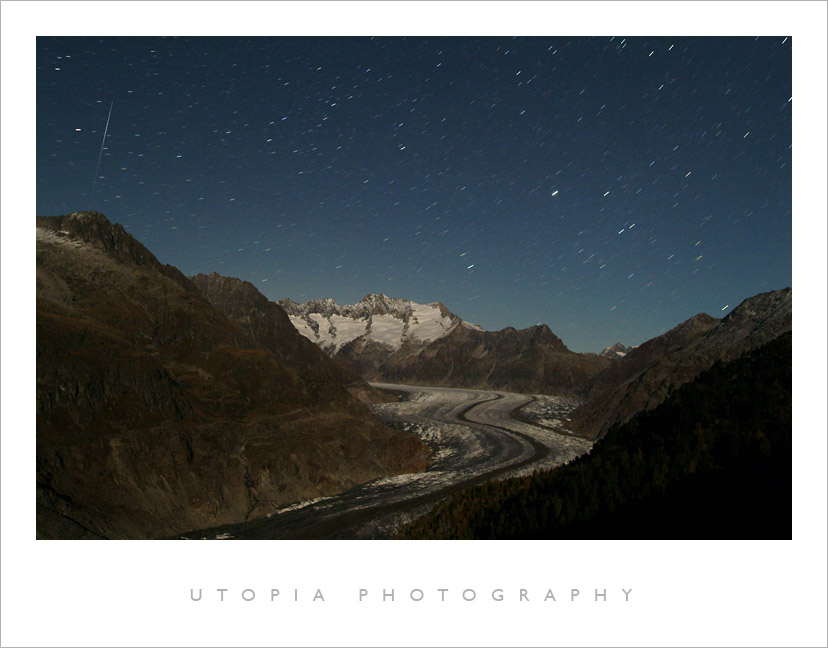
|

|